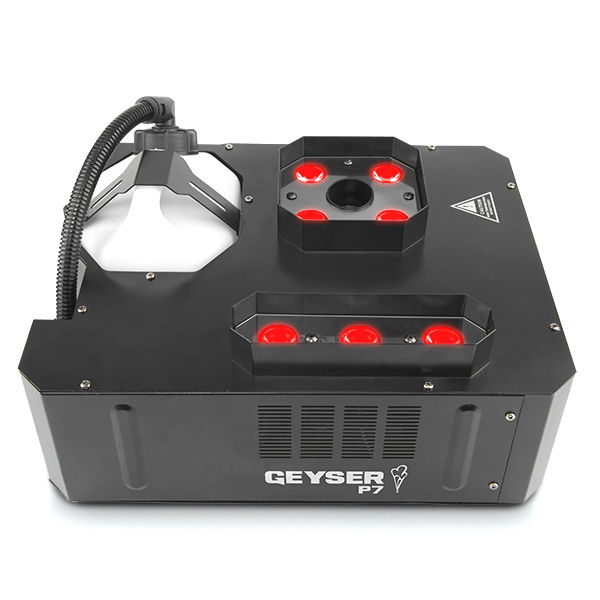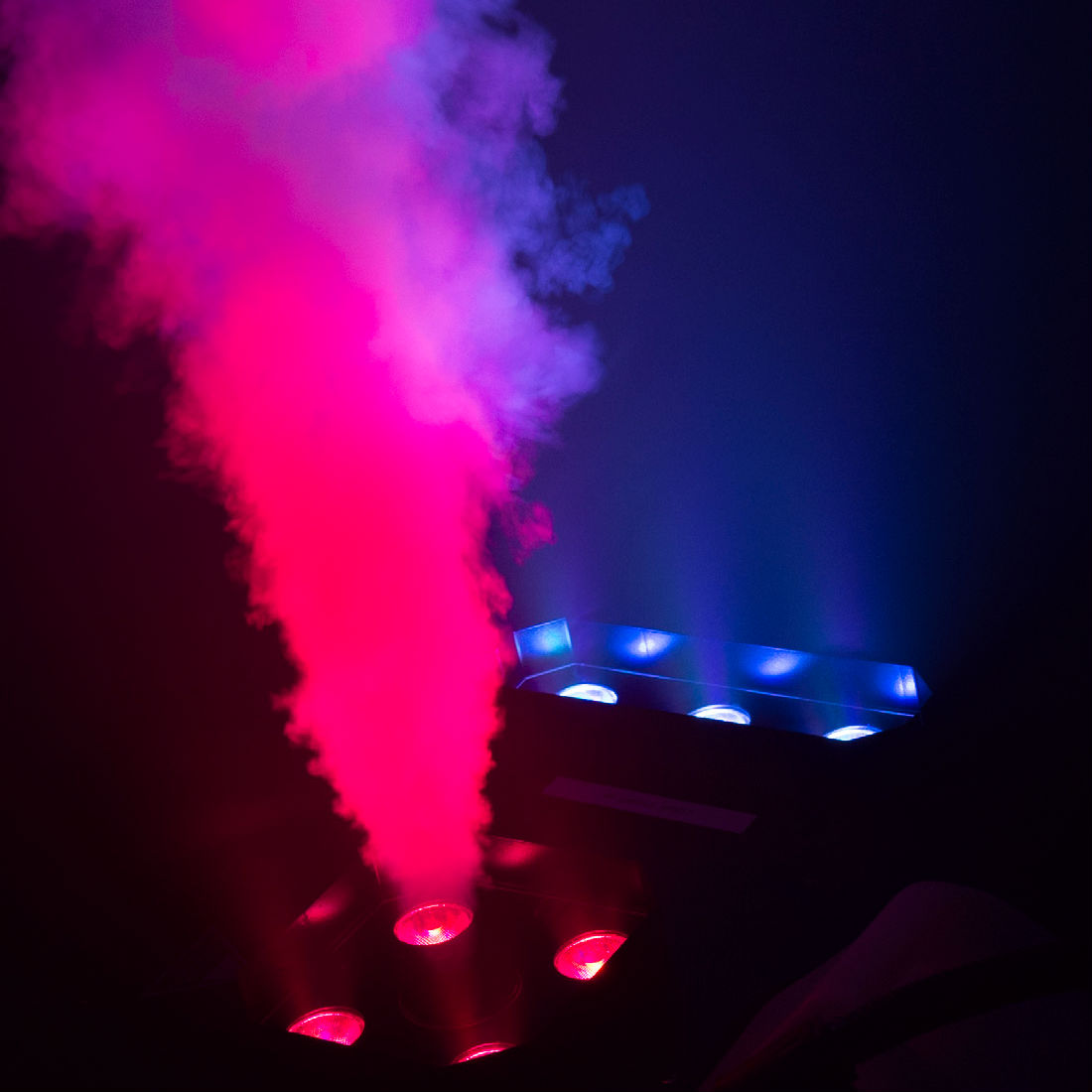Doin' It Automagically
I've noticed something over the past few years about people who do annual Halloween displays. It's this whatever they do this year, they'll feel compelled to go "one better" the next. Maybe you know somebody like this, maybe you are somebody like this. If so, I have one word for you for this year's display automation.
Automation adds a "professional" look to any display. For Halloween displays in particular, automation can mean the difference between terrifying and merely spooky. An example seems to be called for here:
Imagine yourself as a trick-o-treater out on Halloween. As you approach the next house, you hear some spooky music and see a glowing skull next to the walk, a creepy witch standing near the porch, some fake tombstones and a strobe light flashing away near the door. Creepy, yeah, but then you notice that the skull is really a plastic trick-o-treat pail with a blacklight bulb inside of it. The "witch" is really just a coat rack with a hat and cloak, and those tombstones are the same ones you saw a few houses down. You might have fun playing in the strobe light while you grab a few handfuls of candy, but it's really not such a scary place.
Now, imagine the exact same display with one addition, the Automator. As you come up the walk you hear the creepy music, but it's almost pitch black. Suddenly there's a flash of light to your left! Is that a...human skull?! Before you can fully register what it was, the light is gone and now there's someone standing next to the porch. She's pointing at something, and as you get closer to her she vanishes and you see that she was pointing at some tombstones. You cautiously make your way onto the porch when all the lights go out again! In the slow motion of a strobe light you see the door to the house opening. You grab what candy you can and run for your life! When you get to the sidewalk and look back, the house is completely dark again, waiting for its next victim.
What's the difference? By showing only one part of the display at a time, and displaying them for only a few seconds (or less) each, the display becomes considerably more frightening. The reasoning behind this goes back to a lesson learned by the directors of "creature features" in the 1950's. When you're working on a budget, and your monster has a few visible seams and zippers, it's better to give the audience a quick glimpse and let their imaginations do some of the work for you. That glowing skull is frightening when you have just enough time to realize that it's a skull, it's considerably less frightening when you have enough time to also determine that it's a trick-o-treat pail.
The beauty of the Automator, as opposed to a simple timer set-up, is that it can be set to either "repeat" or "remote go" modes. In repeat mode, the unit starts at channel one and moves in sequence through to channel four and then goes back to channel one. This continues until you stop the sequence by pressing the "stop" button. Repeat mode would be good for displays where the order in which the items are seen or activated doesn't really matter. For example, consider a yard display in which a light illuminated some tombstones, then a blacklit glowing ghost appeared under a tree, and then a strobe light lit the whole scene. For such a display, the order in which the items appear is not essential; passersby would simply watch until the sequence began to repeat and then continue on their way.
The real magic starts in remote go mode. With this option, you can wire a remote switch to the Automator, allowing you to control when the effects begin. The switch could be something as simple as a pushbutton operated by a person watching the sidewalk for the next "victim" or a pressure mat or "electric eye" that starts the show whenever somebody passes by a certain spot. In this mode, the repeat function is usually left off. That way, once all the effects have completed, the unit resets and waits for the next "go" signal. Controlling the action in this way makes the display more effective, because the show doesn't start until the audience is in the right spot.
Will an automated display make you the George Romero or Wes Craven of your neighborhood? Maybe, maybe not. The real frights begin when you use your imagination with the props, costumes and tools at hand. The Automator is simply that, a tool that can help you create a show that's definitely "one better" than last year.
*********************************************
Theatre Effects Customer Service Department
service@theatrefx.com
www.theatrefx.com
Theatre Effects, 1810 Airport Exchange Blvd. #400, Erlanger, KY 41018
Phone: 1-800-791-7646 or 513-772-7646 Fax: 513-772-3579









